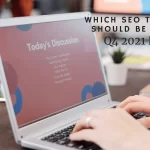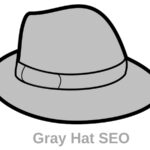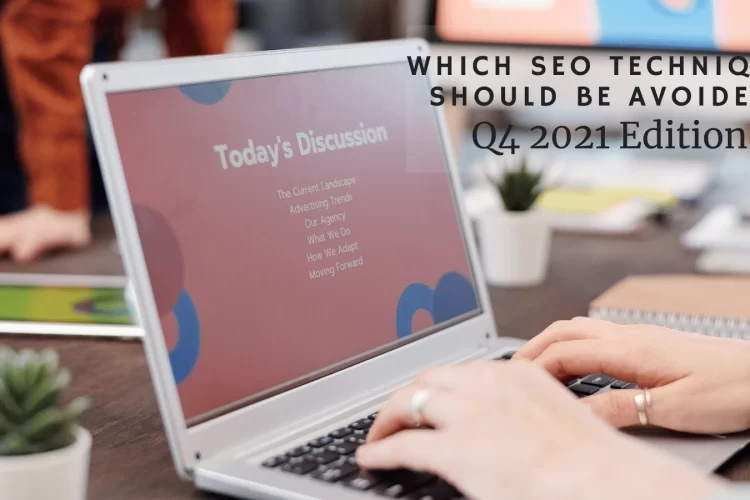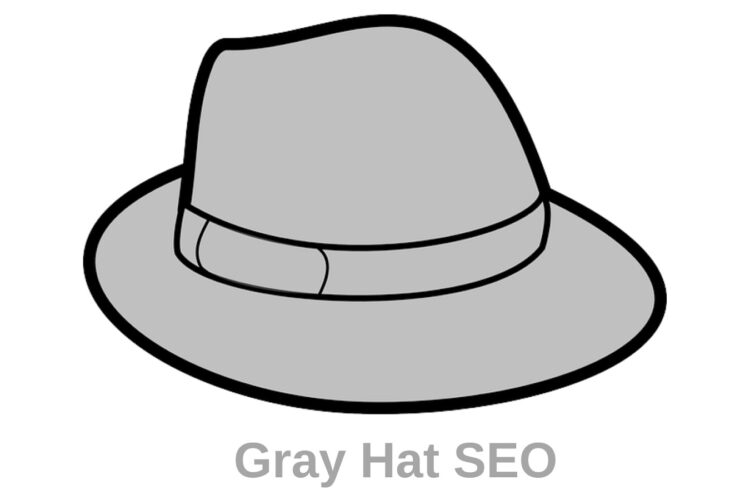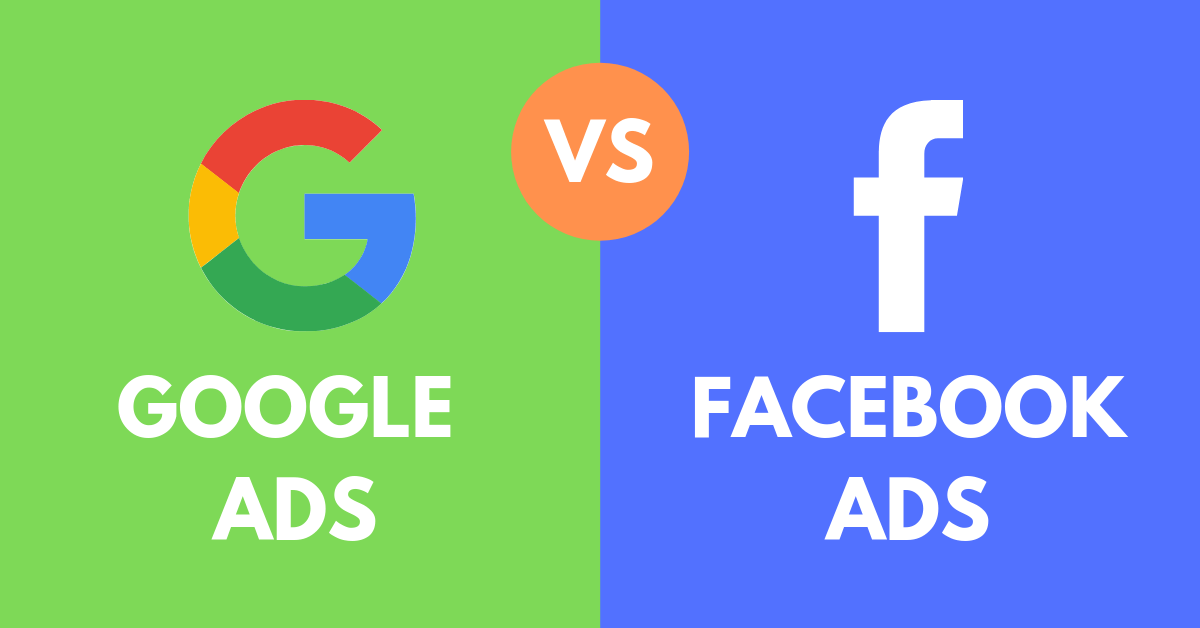
Google Ads vs Facebook Ads can be a tough decision. Deciding which is right for your business is dependent on a number of factors, including how much you’re willing to spend for a conversion to how much time and personnel you have to run the ads.
Throughout this post, we will examine the differences between Google Ads and Facebook Ads – what you can achieve on each platform, the visual differences between the two, and the advantages each platform offers to your business. So you can make an informed decision as to how to grow your business most effectively through these advertising platforms.
What is Google Ads?
Google AdWords, formerly known as Google Ads, is a pay-per-click (PPC) advertising platform that runs advertisements, paid for by businesses. These ads, displayed in search results on google.com, or other websites through Google’s Search Partners or Display Network, display on the internet.
As part of Google Ads, advertisers can place their ads on the Search Network, which allows users to see their ads when they are actively searching for products and services the advertiser offers.
Keywords form the backbone of your search campaign when you choose keywords that are relevant to your product or business. Each time someone searches for a query that matches your keyword, an ad will appear on the SERP for them to click on.
If someone clicks on an ad, the advertiser is charged a certain amount of money, which is why the ads are referred to as “pay-per-click”, and you assign every keyword a “Max CPC” which lets Google know how much you are willing to pay to get someone to click your ad.
Generally, the objective of Google advertising is to drive new (or existing) customers to your website who are actively searching for the products or services that you provide.
What are Facebook Ads?
A Facebook Ad is a paid advertisement that appears on Facebook, which is similar to Google Ads.
An advertisement can appear in a number of different places on Facebook, such as:
√. Newsfeeds on Facebook
√. The Marketplace on Facebook
√. Video feeds
√. Right-hand column
√. Inboxes on Messenger
In the following blog, we’ll focus on placements in Facebook Newsfeed since newsfeed accounts for the largest segment of Facebook’s ad revenue.
In recent years, Facebook has become highly competitive, with the highest monthly active user number of any social media platform. This has created the ideal advertising environment for a variety of businesses across a wide range of industries.
The nature of Google Ads is more active, while Facebook Ads are passive. As a result, Facebook Ads are shown to users who are not actively searching for a specific product or service, but instead they will appear in the Newsfeed of the user.
Advantages of Google Ads
Is Google Ads worth it? Many advertisers wonder why Google Ads stands out from other PPC platforms, but there are a few reasons. Listed below are the reasons why Google Ads is most popular and widely used PPC platform.
The big difference between Google & Facebook is that Google helps you reach new customers in a variety of ways.
The Google search engine has the largest audience potential of any advertising platform: it handles more than 75,000 searches every second, averaging out to more than 2 trillion per year, so every search has the potential to reach new users.
Although Google Ads provide you with tremendous reach, it’s important to remember that beyond keyword targeting, you’re mostly limited to basic demographics such as age, gender, income, etc.
Wide Range of Ad Formats
Google Ads has grown over the years, which has increased the number of ad formats available to advertisers. In addition to the ad formats, advertisers have a number of add-ons at their disposal such as sitelink extensions, location extensions, price extensions, call extensions, and more to drive qualified traffic for your specific business.
Ad Format Options:
Text Ads
Responsive Search Ads
Image Ads
Responsive Display Ads
App Promotion Ads
Video Ads
Product Listing Ads (Commonly known as PLA or Shopping Ads)
Showcase Shopping Ads
Call-Only Ads
Advertiser Equality
Quality of Ad
Is your advertisement relevant and useful?
Expected Impact of Ad
Use of extensions
Keyword Bid
The maximum amount you are willing to pay for a click on your ad. If you don’t have a million-dollar advertising budget, don’t worry – just be sure your ads make sense, are helpful, and utilize all available extensions.
Advantages of Facebook Ads
It was in 2007 that Facebook first launched its advertising platform, and since then it has undergone a long list of updates and changes. The main advantage of Facebook Ads is its powerful audience targeting – but there are also another couple of advantages that are worth exploring before you decide to use Facebook Ads.
Audience Targeting
As of today, there are over 2.37 billion monthly active users on Facebook, and this number is growing daily. Although this number alone is considerable, the real strength comes from how precisely Facebook can target a vast audience of this size.
It’s no secret Facebook users share a great deal of information on their life online (weddings, babies, new jobs, etc). Users also search and engage with content regarding their interests, such as businesses they frequent, products or ideas. With all this information, advertisers can target their ads to specific niche groups of people using Facebook audience & interest targeting.
As one of Facebook’s most popular targeting options, it offers “lookalike audiences,” which allows advertisers to upload information about their current customer base, which can then be used to create an audience that is similar to their current customer base. The new audience will consist of new users who have interests and consumer behaviors similar to those of existing customers. Scary, right?
Strong ROI on Limited Budgets
Aside from having the largest audience reach, Facebook is one of the most affordable advertising platforms around today.
Google Ads vs. Facebook Ads Cost
As a result, Facebook CPCs tend to be about 56% lower than those of its Google counterparts. While CTRs are generally lower on Facebook than on Google, the conversion rate on Facebook is much higher, averaging 9-10% while Google is around 3.75%. This low-cost, high ROI model makes Facebook an excellent platform for small business marketers who are strapped for cash.
Visual Ads
Facebook Ads have a major advantage over Google Ads in that they are visually appealing and are seamlessly integrated into the platform compared to Google’s text ads, The most effective Facebook Ads must integrate with a user’s Newsfeed along with all the videos, images, and other content a user scrolls through every day. This allows advertisers to provide high-quality video and image advertising without interrupting the flow of information.
For more information on Facebook’s ad formats, some of which recently received a facelift, head over to this blog post for a more comprehensive review.
Google Ads vs Facebook Ads: Which One Should You Use?
Digg floor’s best advice is to view these two powerhouse platforms as complementary and not as direct competitors. Using Paid Search & Paid Social together is a highly effective and holistic marketing strategy that can have a powerful ROI impact on your business.
However, if you didn’t just roll your eyes at my last statement and wanted to truly find out which one you should use – I see you.
It really comes down to your business goals and what you intend to accomplish. If attracting new customers who are in the buying process is your main KPI, Google Ads may be the right choice for you. If generating brand awareness and building your clientele are your main KPIs, Facebook will get the job done more cost-effectively than Google.
You may be interested in PPC, Paid Social, or both, but not sure where to begin? so contact us.

